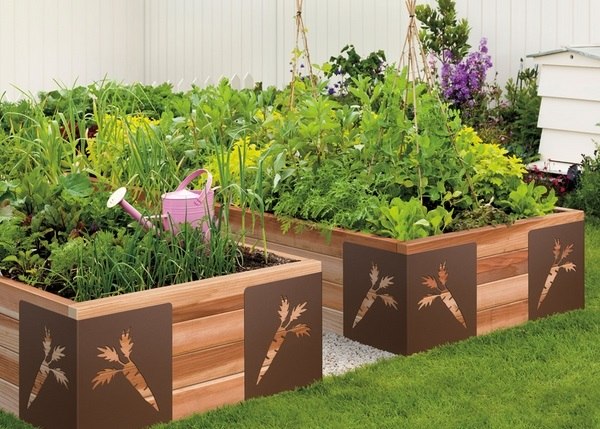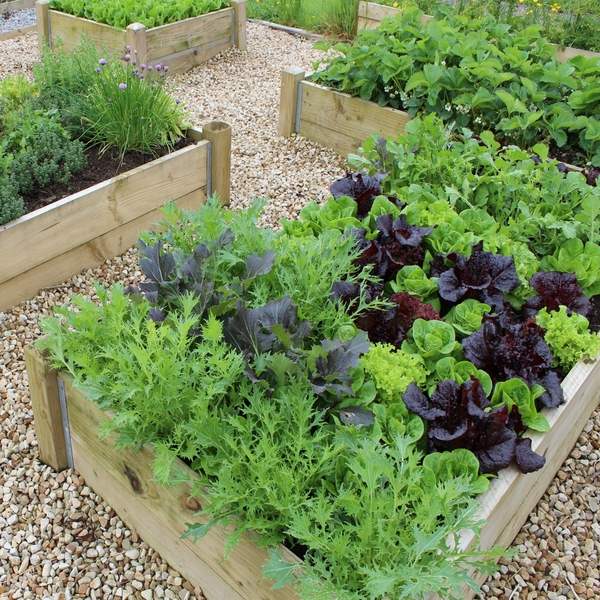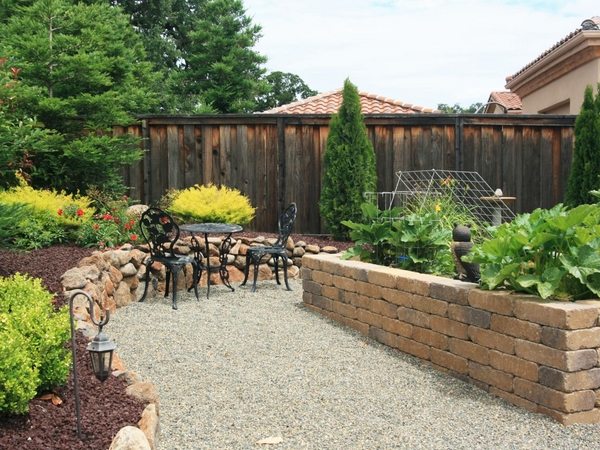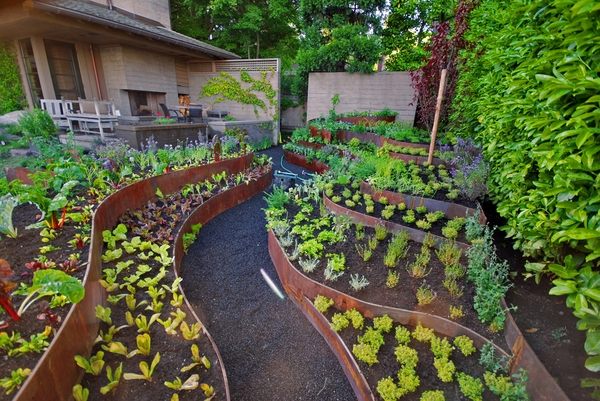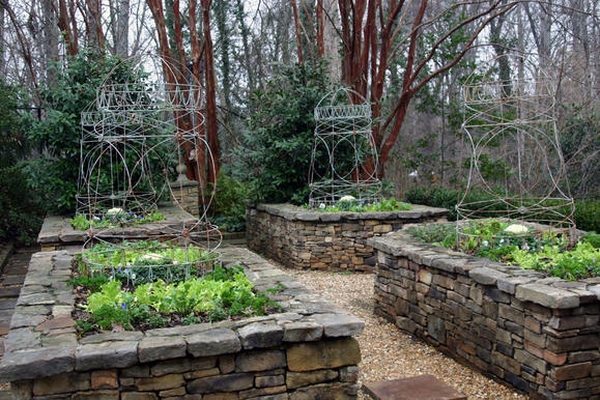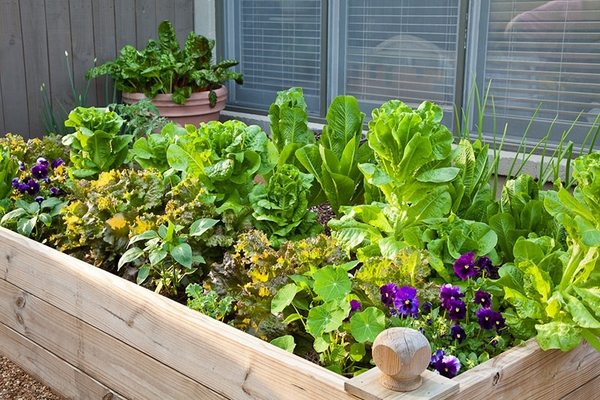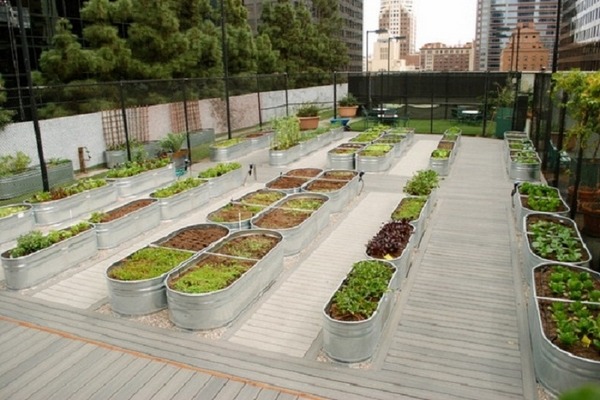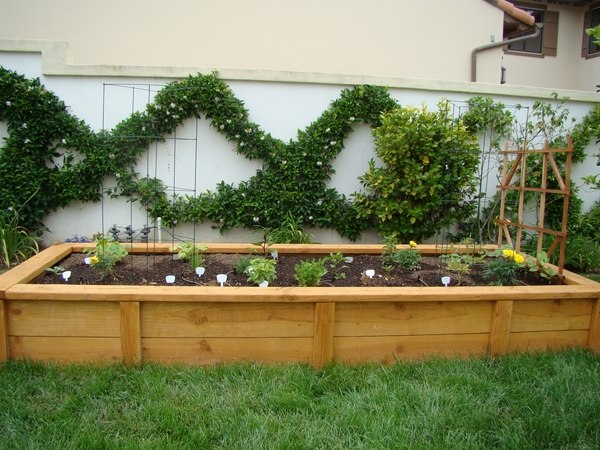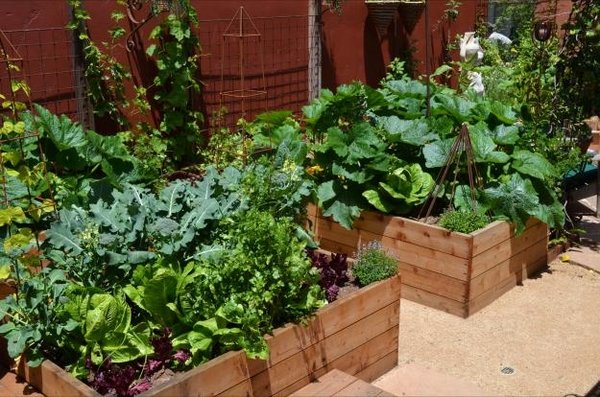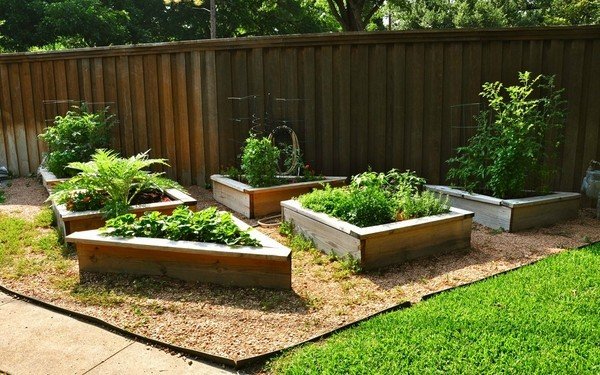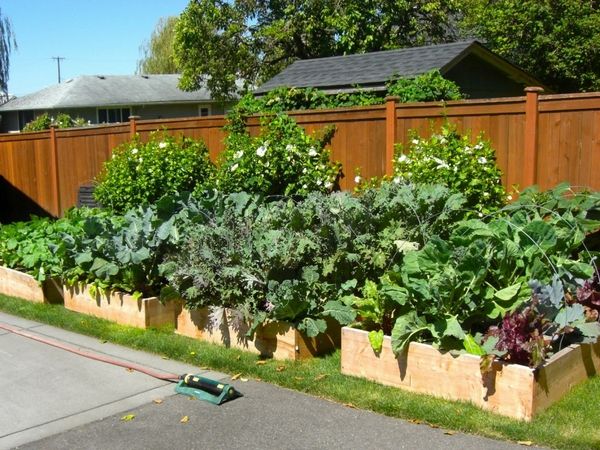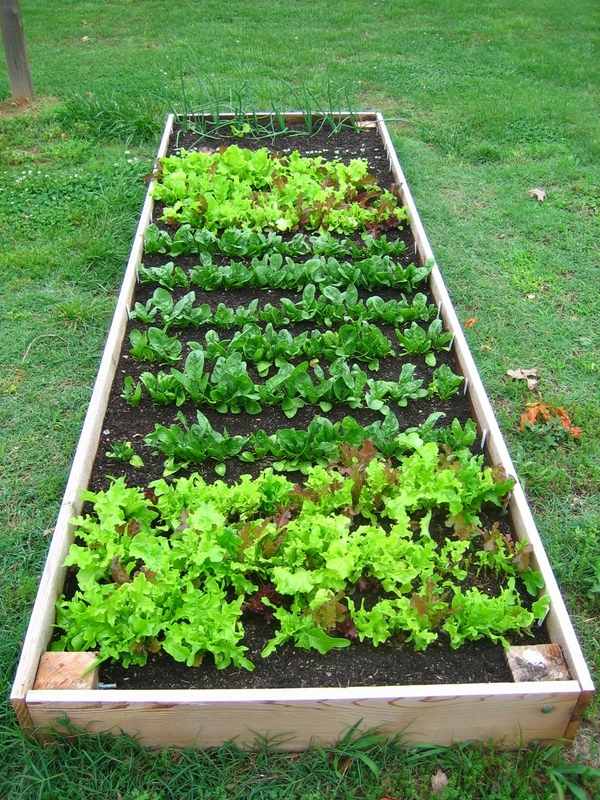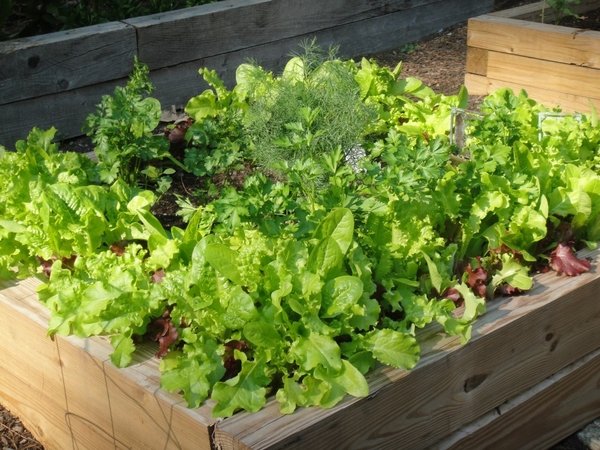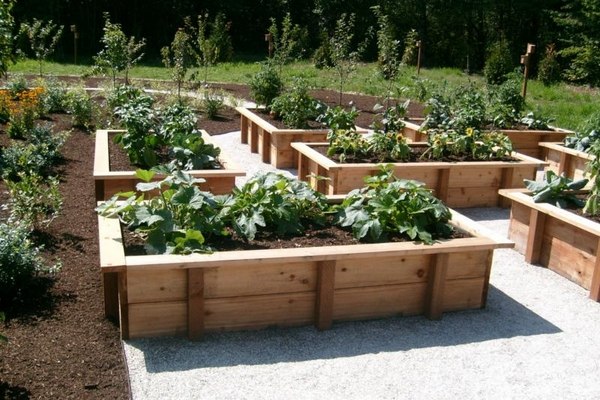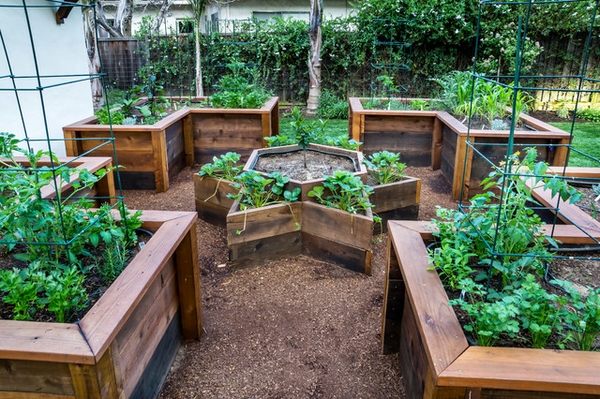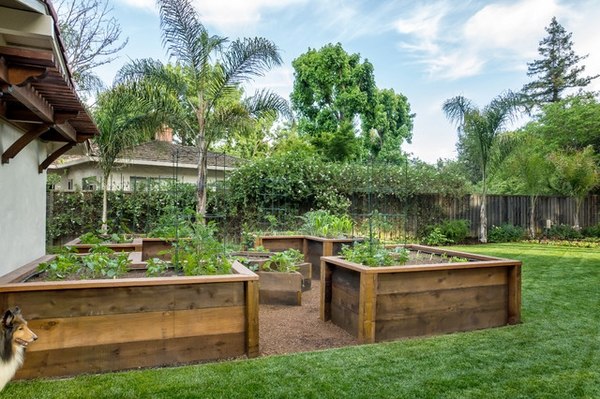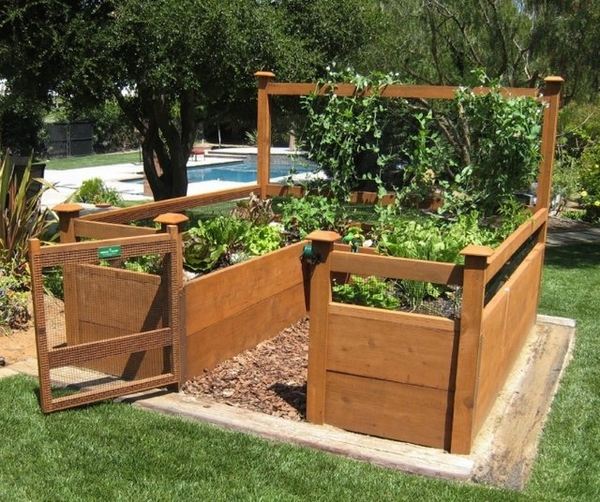Growing a raised vegetable garden is the most convenient way to grow vegetables, especially if there is not sufficient base for traditional gardening. Usually elevated beds are rectangular but the shape can also be triangular, octagonal or any other shape which is convenient for the plot.
Raised veggie gardens offer many advantages with respect to landscaping. The gardener does not have to do any digging and parterres are easy to build. In addition, heightened ones are much easier to maintain because, practically, there are no weeds. Raised gardens beds can be built in many styles and can fit comfortably in most patios or balconies as well. Vegetables grow well in any type of container and beans, beets, broccoli, asparagus, cabbage, carrots, leafy green vegetables and cauliflower feel well in vertically arranged containers.
Elevated beds should not have a significant height. Even if they are less than 50 cm high, the soil can provide the necessary food for the plants.
When you plan to build a raised vegetable garden, it is better to arrange the beds in a space with a lot of natural light and close to a water source.
In many vegetable gardens you will see beds made from different materials – wood, stone, brick, metal or plastic. Cedar is one of the most popular choices because it is durable and will not deteriorate. Concrete blocks are also durable and provide the opportunity to create different raised garden parterre forms. The latter are ideal for sloping areas. If you planned your garden on a sloping plot, terracing the area is the first thing to do.


